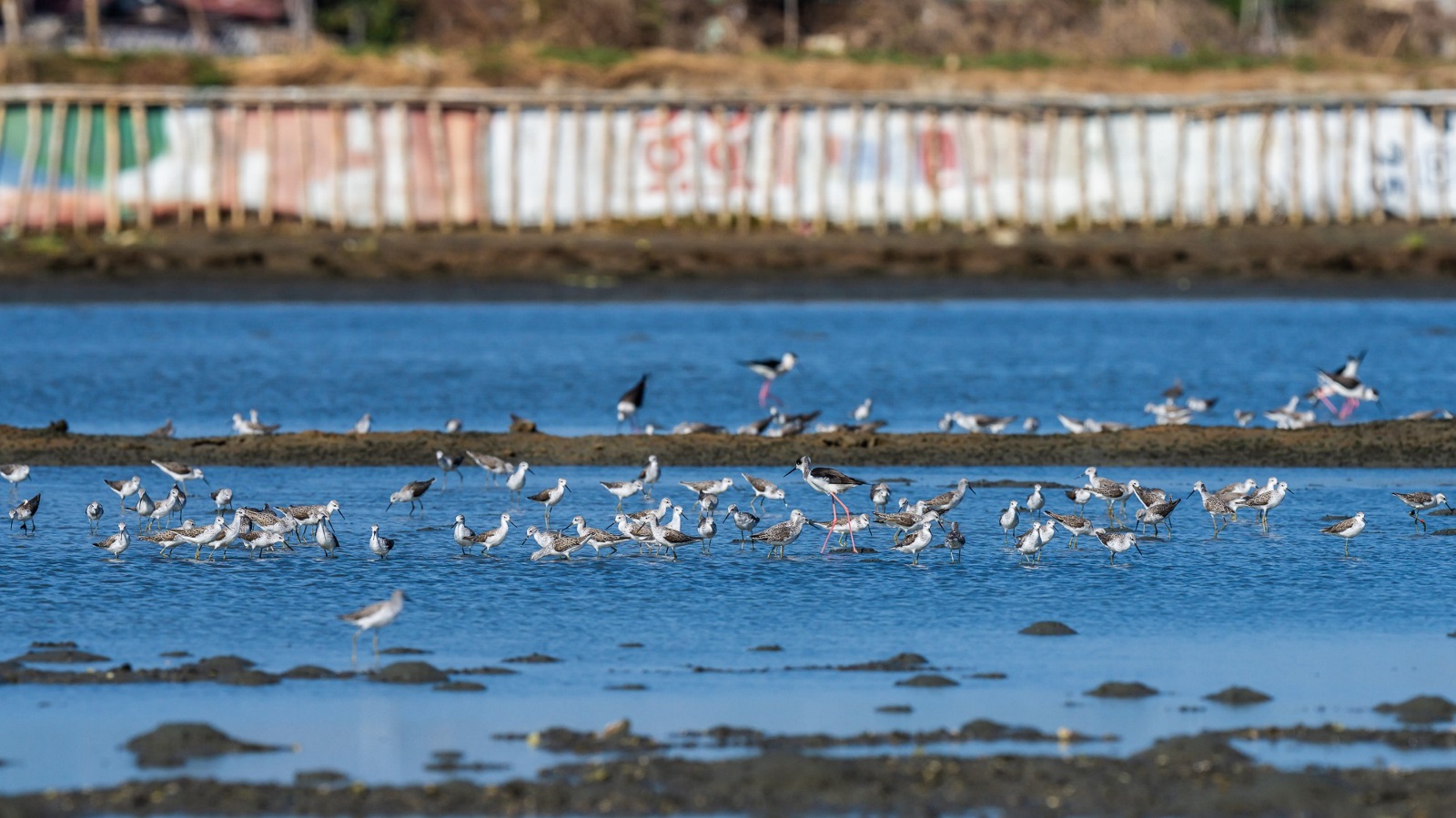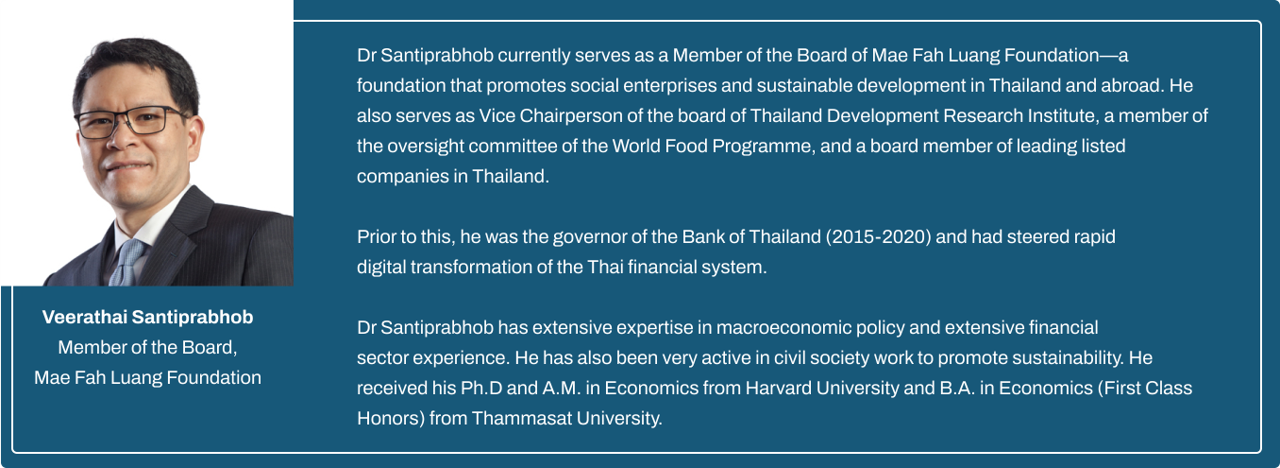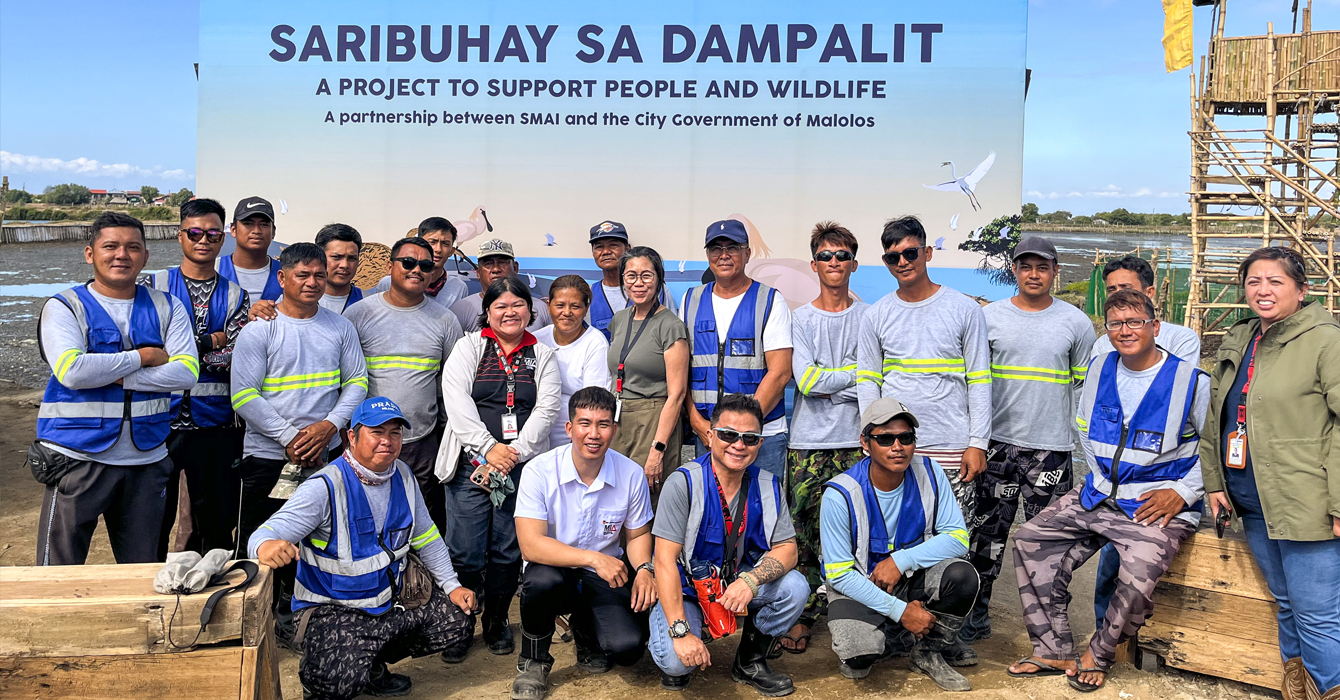The Biodiversity Offset Program focuses on preventing a net loss of natural habitat and achieving a net gain in critical habitats impacted by the New Manila International Airport project.
Environmental challenge
The development of the New Manila International Airport (NMIA) in Bulacan has raised environmental concerns, particularly regarding the impact on critical habitats for migratory waterbirds. The region’s intertidal mudflats, essential stopover sites along the East Asian-Australasian Flyway, are under threat due to large-scale infrastructure projects. Balancing economic development with the preservation of these vital ecosystems presents a significant challenge for planners and conservationists alike.
Purpose and strategy
The Biodiversity Offset Program (BOP) of San Miguel Aerocity Inc. (SMAI) was created to address this issue. It aims to restore lost habitats and provide new functional areas for waterbird migration. To address the environmental concerns raised by the New Manila International Airport project (NMIA), SMAI launched the Biodiversity Offset Program. This innovative initiative aims to restore lost habitats and create new sanctuaries for migratory waterbirds, striking a balance between progress and preservation. The BOP's goal is simple yet ambitious: to ensure no net loss of natural habitats and achieve a biodiversity net gain in areas affected by the airport project.
By offsetting intertidal mudflats and partnering with local communities, SMAI is weaving conservation into the fabric of development. At its heart, the programme reflects SMAI's core values: balance, quality and innovation. It's about building more than just an airport; it's about nurturing the delicate ecosystems that make the Philippines unique.

Impact and innovation
Since its inception, SMAI’s Biodiversity Offset Program has restored 378 hectares of intertidal mudflats, compensating for the 238 hectares lost due to airport construction.
This restoration effort has resulted in a 125.53% increase in waterbird population, with critical species numbers rising from 13,758 in 2022 to 31,028 in 2024.
The Saribuhay sa Dampalit (Biodiversity in Dampalit) pilot area alone, previously devoid of bird life, now hosts over 5,000 waterbirds. The Biodiversity Offset Program extends beyond environmental conservation, delivering substantial social benefits through the creation of new sustainable livelihoods. Local communities are directly employed in mudflat restoration and opportunities to develop mud crab and oyster farming have been introduced. This approach not only provides above-minimum wages and increased income opportunities but also fosters a deeper understanding of migratory waterbird conservation among residents. By actively involving the local population, SMAI ensures that environmental stewardship and community development progress go hand in hand.
Future outlook
SMAI has made a long-term commitment to support the Biodiversity Offset Program for the next 50 years. The company’s immediate plans include expanding the mudflats by an additional 60 hectares, in collaboration with the local government units and international partners. Looking further ahead, SMAI aims to expand the intertidal mudflats restoration to locations near the Northern Manila Bay Area and advocate for national legislation to protect these critical habitats.
A key component of SMAI’s strategy is the gradual transition to a community-based management model. This approach will empower local residents to take responsibility for the sustainability and conservation of the mudflats, ensuring the project’s longevity and effectiveness. This comprehensive forward-thinking approach to biodiversity conservation and sustainable development will serve as a blueprint for SMAI’s future infrastructure project, reinforcing the company’s commitment to balancing progress and environmental stewardship.

San Miguel Aerocity Inc. (SMAI) is a wholly owned subsidiary of San Miguel Holdings Corp., the infrastructure arm of San Miguel Corporation. SMAI designed the New Manila International Airport (NMIA) Project in Bulacan as a modern, green and future-ready aerocity that is in line with global sustainability standards and resilient solutions to socio-economic, environmental, and climate issues.
Learn more about San Miguel Aerocity through their website. To collaborate or connect, reach out directly to our SL25 team.
Connect














